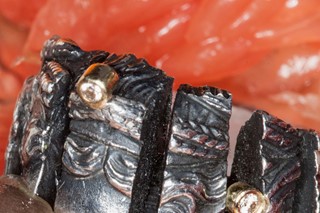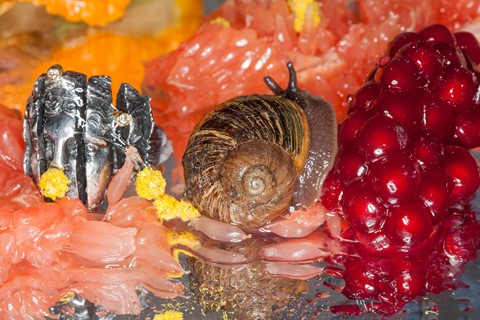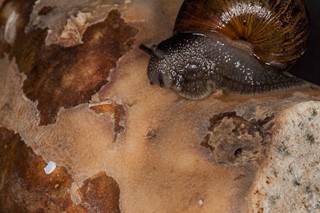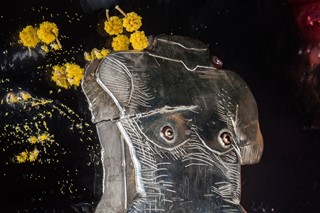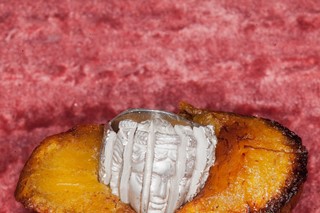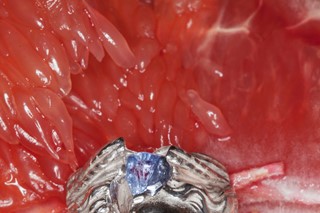Photographer Maisie Cousins and artist Joy BC collaborate to create a series of images toying with ephemerality and timelessness
London-based photographer Maisie Cousins has fast established a name for herself since graduating from university, creating visceral, corporeal images that pull the rug out from underneath everything you thought you knew about capturing the body on camera. So too has jewellery-focused artist Joy Bonfield-Colombara, AKA Joy BC, in creating a signature style which addresses Greek mythology, ruin lust and body positivity, through pieces that are as decorative as they are symbolically loaded. And while their pairing seems an unlikely one, there are powerful parallels aligning Cousins and Bonfield-Colombara. One makes images that feel innately sculptural; the other small sculptures that distill familiar images. One gets so close to her subjects as to force them into abstraction; the other carves her subjects out of abstraction. And perhaps most importantly, they both believe powerfully in the beauty of the female form.
So after meeting through a mutual friend, collaborating to create a series of images seemed a natural progression. Scale was a key component to the resulting series, they both explain, in which a number of Bonfield-Colombara’s pieces – ranging from sculpted likenesses of Venus and Nefertiti, to examples from her ongoing series of “deconstructed portraits” – seem almost to be consumed by the scenes Cousins created to frame them. “Joy loves ruins, and I love nature taking over,” she explains. “I like the idea of finding jewels lost in things.” This theme emerged in slimy scenes, in which snails slide over crushed fruits and broken flowers, BC’s small metal sculptures poised poetically in the midst. “What I like about Maisie’s work is that scale, those close-ups,” Bonfield-Colombara explains. “They’re so abstract that you can’t really tell what you’re looking at. You recognise something; it’s familiar, but it’s also unfamiliar. There’s something so beautiful and grotesque about it.”
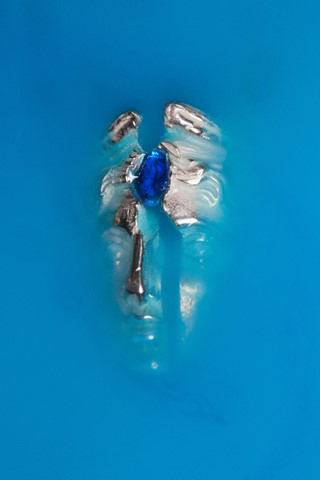
“Beautiful and grotesque” summarises their approach deftly; skin, fingernails, and ambiguous gloop is juxtaposed with precious stones, from diamonds to sapphires, and painstakingly perfected Greek profiles. All of which is apt not least because, at the end of the day, all of these aforementioned materials come from the earth, and will, eventually return to it. “The material language of things is really important; the function and purpose as well as the decorative or beautiful aspect,” says Bonfield-Colombara. Fortunately for her, Cousins speaks this language too.

